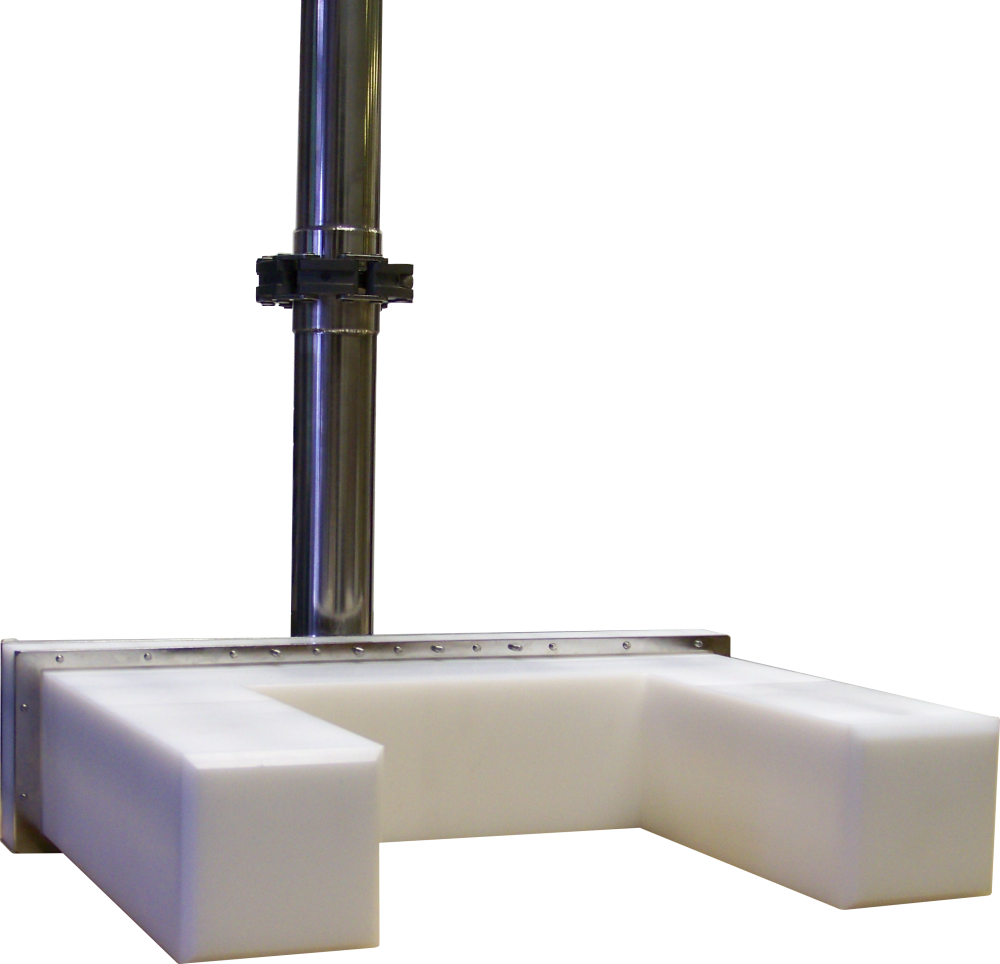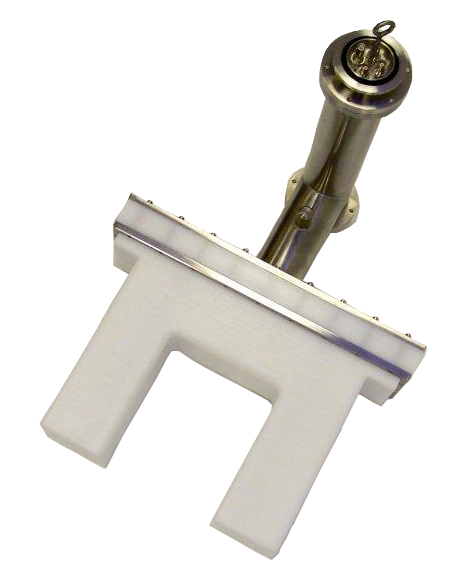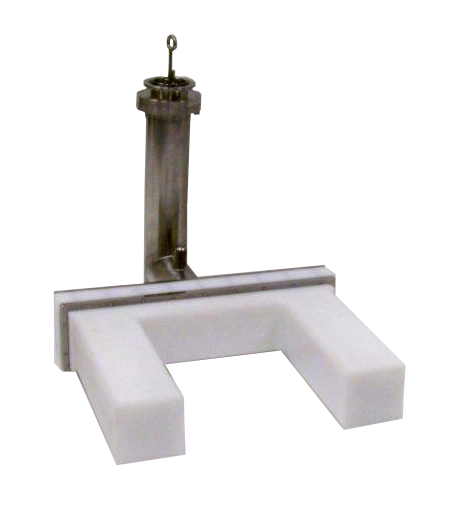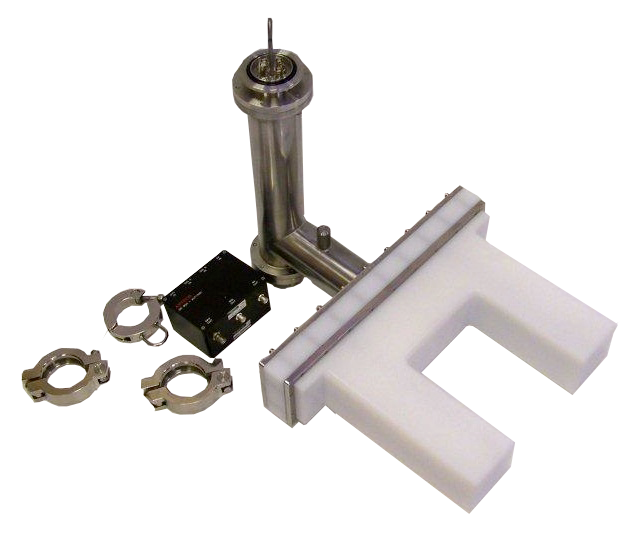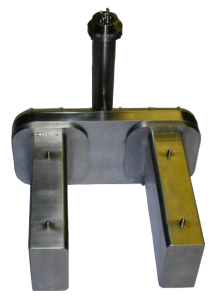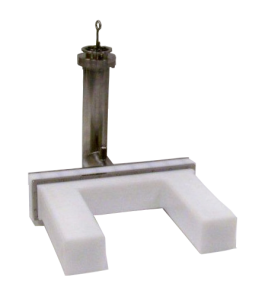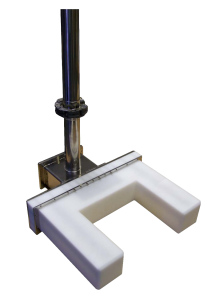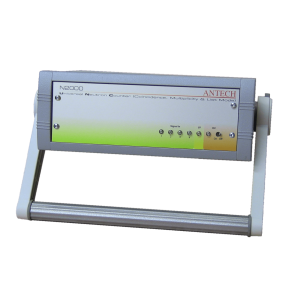Designed for the specific requirements of IAEA inspections, the ANTECH Neutron Under Water Coincidence Counter measures the radiation from reactor pond fuel rod assemblies whilst stored underwater for safeguards and other routine inspections.
- Can be supplied as a system with counting electronics, laptop PC and INCC32 software
- Designed for ease of decontamination
- Easily assembled and dismantled for transportation between facilities
- Highly reliable detector electronics
- Components leak tested prior to delivery
- Detector head and extension pipes supplied in reusable type transportation containers
- IAEA configuration
- BWR and PWR detector components to a common design, apart from polyethylene detector head, enabling substitution of detector head geometries
Benefits
- High density polyethylene detector head - PWR fuel configuration or BWR configuration - to be specified by customer
- All external components manufactured from polished stainless steel and polyethylene
- Rugged cable construction with extra strain relief for connectors
- Water tight detector head and pipe assemblies (IP68)
- Supplied with 9000 mm (354.3 in) of extension pipes, connecting flanges, clamps and ‘O’ ring seals
- Mounting bracket for securing coincidence counter to gantry surrounding fuel pond
- Supplied with an ‘OR’ box to combine the two signal outputs from the preamplifier - one from each fork tine - into a single output
- Reusable and decontaminable shipping containers for the detector body, pipe sections and other components
- An essential spares and maintenance kit
Features
-
Description
ANTECH N2106 Neutron Underwater Coincidence Counters (UWCC’s) are used to measure neutron radiation activity from spent
fuel assemblies. They are supplied in one of two configurations;- PWR, used to measure Pressurised Water Reactor fuel rods
- BWR, used to measure Boiling Water Reactor fuel rods.
PWR fuel rods are larger than BWR rods. Therefore, the PWR configuration detector has a larger detector head than the BWR. These are the only differences; all other components are identical. The detectors are designed to be portable and easy to assemble to
facilitate transportation between sites and quick se-up to conduct measurements.Detector efficiencies of 2-4% (typical) are attainable dependent on the detector type and geometry.
Each system consists of a detector head with integral electronics, a set of connection pipes with associated interconnect clamps, O-ring seals, interconnect cables, a mechanism for attaching the detector assembly to the pond gantry side rails and an OR Box, which combines two input signals from the three detectors in each tine of the fork of the detector head into a single output signal, that is ultimately fed into counting electronics such as an ANTECH N2000 Universal Neutron Counter, or MicroMesskanal or JSR 15.
Each detector is supplied with full documentation and test records including a leak test report, Certificate of Conformance and manufacturers test records for preamplifier and ³He tubes. -
Specifications
Dimensions between tines (W x D)BWR Configuration: 165mm x 195 mm
PWR Configuration: 235mm x 245 mm BWR 6.5" x 7.7" PWR 9.25" x 9.65"Neutron detectors6 x ³He detectors with 7.5 atm Helium gas pressure and 152.4mm active length 6" active lengthPreamplifierPDT 210A (or equivalent)Extension pipes5 x 2000 mm
1 x 1000 mm
1 lifting pipe 5 x 78.7" 1 x 39.4"CablesRG174 multicore cable assemblies under a single common cover

